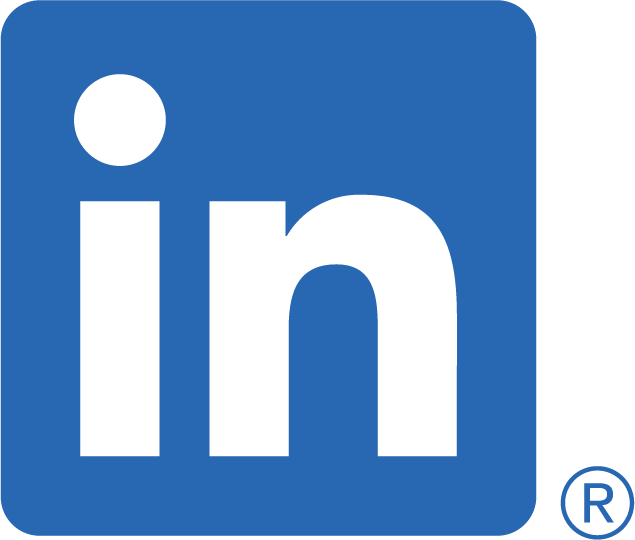Ryanair’s share price gained 1.53%, hitting a record high of 10.18 by midday, after the company (LSE:RYA) reported that it had carried one million more passengers in December 2014 than it had in December 2013. That is almost incomprehensible, so we must ask what that means. The answer is not all that difficult.
The Numbers
- On average, Ryanair would have carried in excess of 194,000 passengers per day, compared to 161,900 per day in December 2013.
- The company offers about 1,600 flights each day, yielding an average load of over 121 passengers per flight, as opposed to 101 in the previous December. This statistic makes it easy to see that the increase in passengers was almost exactly 20%.
- The airline’s load factor increased from 81% to 88%. Even though the size of the fleet increased in 2014, so did the numbers of passengers per flight.
- The total number of passengers for the preceding 12 months increased by 6% to a record high of 86.4 million. Keep in mind that in 2009, only five years ago, the company flew 66.5 million passengers, and that only one time (1991) in the past 25 years has the airline ever had an annual decrease in passenger traffic.
Why the Numbers?
Set aside the performance of the share price. That’s a derivative of increased investor confidence. By that, I mean confidence in the results that the airline is achieving. What the airline is achieving is customer satisfaction. Therefore, it is also attracting more and more customers.
You may argue that Ryanair’s success is because it is a low-fare airline. I would argue that any airline that offers the lowest fares along with poor customer service, a bad passenger experience, and a failure to depart and arrive on time will fail. The reason for Ryanair’s success is not price. It is performance. The fare prices may attract customers, but the performance is what keeps them.
If you think about it, although customers are attracted to low-fare airlines, investors usually are not, unless they have some kind of relationship with or stake in the company. Again, the reason is clear. It’s hard to make money when you offer the same service as others, but at a lower price. But, if an airline can pull it off by excellence in performance and efficiency in operations, it will be a profit-generating machine. That is what investors want.
Even more so, investors want to have a certain level of confidence that the profitable performance is sustainable. Let’s face it, real investors don’t like surprises. Although revenues have increased consistently over the past five years, RYA pretax profits and EPS declined slightly last year. With just a bit of patience, we will soon know how Ryanair is performing financial in less than a month. It’s Q3 earnings report is set for release on 02 February. It’s hard to imagine that it will be anywhere close to disappointing, considering what we know about how that quarter ended.
Kenny Jacobs, Ryanair CMO noted that “Ryanair’s traffic grew by 20% to over 6 million customers in December, while our load factor rose by 7% points to 88%, thanks to our lower fares, our stronger forward booking strategy and the continuing success of our “Always Getting Better” customer program, which is delivering better than expected load factors in our significantly expanded winter schedule. With our new routes, increased frequencies, improving customer experience and Business Plus service, Ryanair continues to deliver so much more than the lowest fares in every market we operate in.”

 Hot Features
Hot Features













